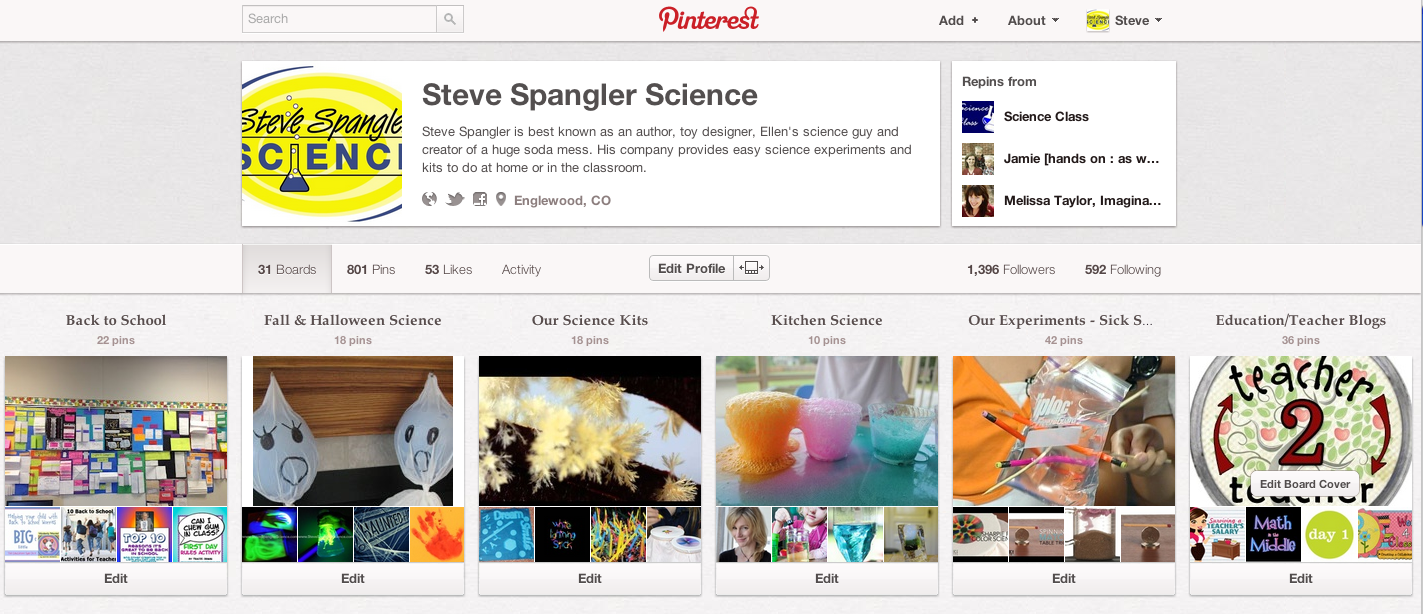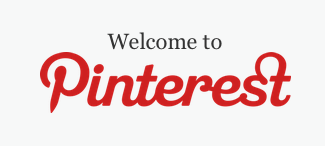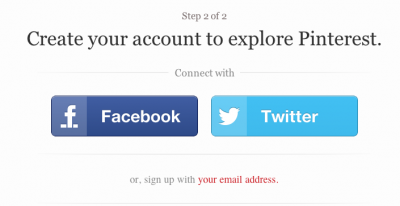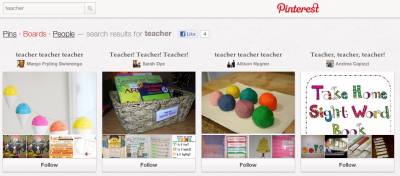Pinterest for Teachers – How to Get Set Up
By Blog Editor Susan Wells
Pinterest is the latest time-sucking social network to rise above the rest. If you are a visual person looking for recipes, home decorating tips, crafts for the kids or cool vacation spots, Pinterest is your network. But what about professionals and educators? The virtual bulletin board filled with lots of eye-candy is also the perfect resource for teachers to share ideas and discover new ones.
Many teachers have already figured this out and are using Pinterest as a classroom resource and a place to share and promote their own ideas.
Steve Spangler Science is also an active member of Pinterest. We share our experiments, The Spangler Effect episodes and our products, but we also find and repin a wealth of new classroom ideas, science experiments, teaching resources, and so much more.
Are you a card-carrying member of Pinterest or are you unsure of how (or why) to sign up for a page of your own? We have a few tips and recommendations for getting started and next week we will share our ideas for getting the most out of the educational side of Pinterest.
Getting Started
1. Create an account on Pinterest – go to http://pinterest.com/join/discover/. You no longer need an invitation to join. They will first ask you to choose a few images that you like. On the next page, create an account using a Facebook or Twitter account. Or sign up using an email address.
2. Begin by creating some virtual bulletin boards of things that you like. Don’t worry, you will find a ton of pictures that you like, and a ton that you don’t.
3. When you find something you like, it’s a good idea to click through the image to make sure it goes to a legitimate website and article. Especially if you are using it for classroom or teaching purposes. To repin, hover over the image and click “repin” then assign it to a category board. You can create endless boards, but don’t get too crazy.
4. To pin images and videos from websites, we recommend that you download the “Pin It” toolbar for your browser.
5. To start finding teachers, educators and other relavant boards to follow, type what you are looking for in the search box. The search results will give you three options – Pins, Boards, and People. Pins are specific pictures and ideas. Boards are virtual bulletin boards created by people on a theme. People are users and their entire collections using that search term in their name. You can repin pins, and follow boards and people. On our account, we mostly follow specific boards related to education and science, vs individuals, as we are not as interested in fashion and food as many others on Pinterest. You can follow anything and everything that appeals to you.
6. Clicking the top Pinterest logo will take you to a feed of all of the boards and people you have followed, listing newest pins first.
7. A few things to note – when pinning or repinning images, make sure to include a detailed description of the picture. This will help others find it in the search and clearly define the image. Comments like “love this” are not helpful for others. You can also use a hashtag, like Twitter to help tag keywords like #science or #teacher. Another Twitter feature that also works on Pinterest is the @ mention. You can mention other users by putting an @ before their user name to get their attention.
Please come back next Monday, September 17th for Part 2 – How to use Pinterest in your Classroom.








Trackbacks & Pingbacks
[…] https://www.stevespanglerscience.com/blog/education-today/educators-use-pinterest/ […]
[…] (If you missed our first post on how to get set up on Pinterest, read Pinterest for Teachers – How to Get Set Up) […]
Leave a Reply
Want to join the discussion?Feel free to contribute!